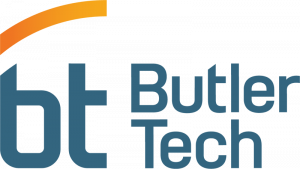This Experience's Registration Is Full
You may wish to add yourself to the waitlist for this experience.

Description
A breakout room is where a larger group is split into smaller groups for discussion, collaboration, or problem-solving with the goal of completing puzzles and logic problems.
Academically breakout EDU educationally:
- Encourages Participation – Smaller groups make it easier for all students to share their thoughts, especially those who may feel shy in front of the whole class.
- Promotes Collaboration – Students practice teamwork, communication, and problem-solving while learning from each other.
- Deeper Learning – In small groups, learners can explore topics more thoroughly, ask questions, and engage in critical thinking.
- Personalized Support – Teachers can rotate among breakout rooms, offering targeted feedback and guidance.
- Student Voice & Agency – Breakout rooms give students ownership of their learning, since they are responsible for contributing to their group’s work.
- Active Learning – Instead of passively listening, students engage in discussions, debates, role-plays, or projects, which leads to better retention.
In short: breakout rooms transform a large, potentially passive learning experience into an interactive, student-centered one, making them a powerful tool for education.
Date
09-26-2025
Time of Day
PM
Frequency
One Time
Location
D. Russel Lee
Current Registrations
20/20
